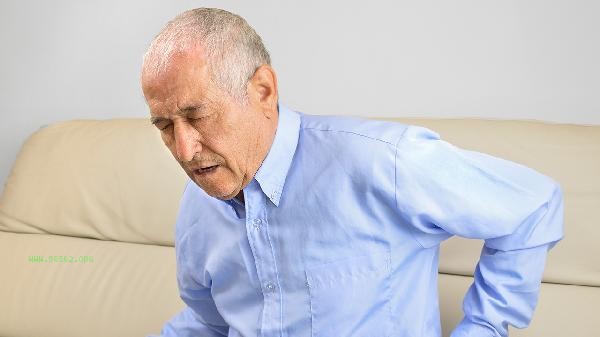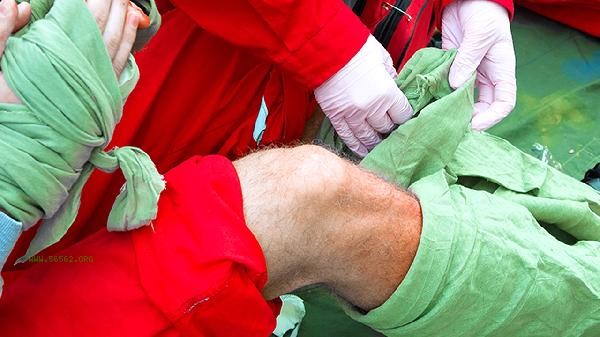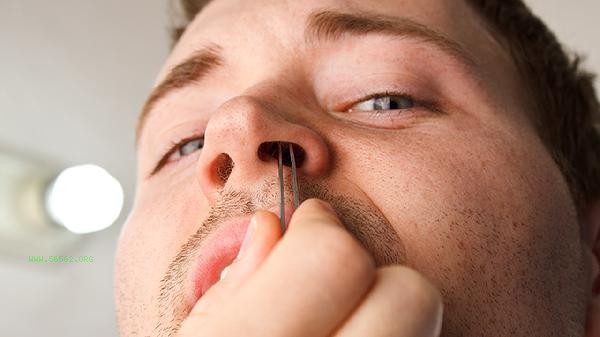Sit ups mainly exercise the abdominal muscles, including rectus abdominis, external oblique abdominis, and internal oblique abdominis, while indirectly stimulating the iliopsoas and rectus femoris muscles. This exercise is helpful in enhancing core strength and improving posture, but attention should be paid to proper movement to avoid lumbar spine injuries.

1. Rectus abdominis
The rectus abdominis muscle group is the main target muscle group for sit ups, located on both sides of the midline of the abdomen. By performing trunk flexion movements, the endurance and explosive power of this muscle can be effectively enhanced. Long term regular training can thicken the rectus abdominis muscle fibers and form distinct muscle lines. During training, it is necessary to keep the lower back pressed against the ground and avoid using the neck to exert force as compensation.
2. External oblique muscle
The external oblique muscle is located on both sides of the abdomen and is particularly activated during rotational sit ups. This muscle is responsible for the rotation and lateral flexion of the trunk, and strengthening it can improve the body's twisting ability. During training, you can try a variation of crossing hands to touch the opposite knee, but you need to control the speed to avoid inertia compensation.
3. Internal oblique muscle
The internal oblique muscle is located deep in the external oblique muscle and cooperates with it to complete trunk rotation. Participation is low in standard sit ups, and stimulation needs to be strengthened through variations such as lateral abdominal rolls. The strengthening of this muscle helps improve core stability and prevent lumbar sprains during exercise.

4. Iliopsoas muscle
The iliopsoas muscle connects the lumbar spine and thigh bone, and assists in exerting force during the sit up phase. Overreliance on the iliopsoas muscle may lead to an increase in lumbar lordosis, and it is recommended to reduce its compensation by bending the knee posture. Individual training for this muscle should be combined with professional guidance to avoid hip joint problems.
5. Rectus femoris
As the anterior thigh muscle, the rectus femoris muscle participates in coordinated contraction during leg fixation. Although not the primary target muscle group, its activation level is positively correlated with the amplitude of the movement. Training can be performed without fixing the feet, reducing the involvement of the rectus femoris muscle and focusing more on stimulating the abdominal muscles.

It is recommended to alternate sit ups with other core exercises, such as plank support, dead worm exercises, etc., to avoid muscle imbalance caused by a single movement. Train 3-4 times a week, with 3 groups of 15-20 per group. After training, abdominal stretching is required. Individuals with a large body weight or lumbar disc herniation should consult and consider using low impact variations such as abdominal compression. Combining aerobic exercise and dietary control can more effectively achieve the goal of weight loss and shaping.






Comments (0)
Leave a Comment
No comments yet
Be the first to share your thoughts!